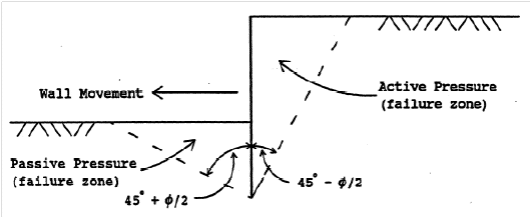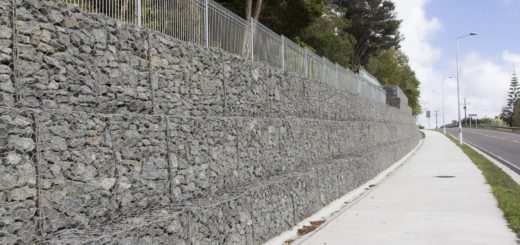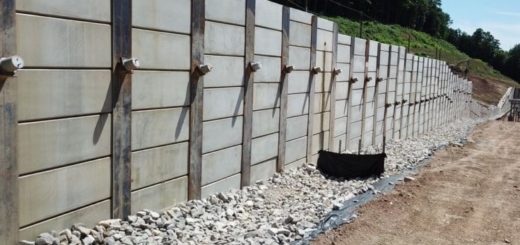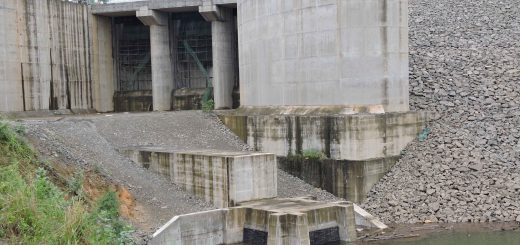Active Earth Pressure | Overview
As civil and structural engineers, understanding the behavior of soil and the forces it exerts on a structure is an essential skill. Active Earth Pressure is a complex concept that must be factored into design considerations to ensure that any proposed structure can safely withstand the soil pressure. In this blog, we will explore AEP in detail, providing an in-depth introduction to this crucial concept for civil and structural engineers.
Active Earth Pressure is the force that soil exerts on a structure when it is actively moving. This can occur due to a variety of factors, including changes in temperature or moisture content, or the weight of the structure itself. AEP must be factored into the design of any structure that will be built on or near the soil, as it can potentially cause the structure to collapse if not properly accounted for.
Active pressure is a complex concept, and there are several theories that attempt to explain its behavior. The most commonly used theory is the Rankine Theory, which was first proposed in the 19th century. The Rankine Theory states that the soil pressure on a structure can be divided into two components: the active component, which is the pressure exerted by the actively moving soil, and the passive component, which is the pressure exerted by the soil that is not actively moving.
The Rankine Theory is the most commonly used theory to explain the behavior of active earth pressure, but it is not the only theory. The Coulomb Theory is another popular theory, which was first proposed in the 18th century. The Coulomb Theory states that the soil pressure on a structure is the sum of the shear force and the normal force acting on the structure.
Both the Rankine Theory and the Coulomb Theory are useful in predicting the soil pressure on a structure, but they are not always accurate. In some cases, the assumption of a homogeneous soil layer is not valid, and in other cases, the soil may not be perfectly dry. As a result, these theories are only approximations, and they should be used as a starting point for further analysis.
Active earth pressure is a complex concept that is essential for civil and structural engineers to understand. There are several theories that attempt to explain its behavior, but none of them are perfect. It must be carefully considered in the design of any structure that will be built on or near the soil, as it can potentially cause the structure to collapse if not properly accounted for.
The article on lateral earth pressure coefficients could be referred to for more information on this area.




